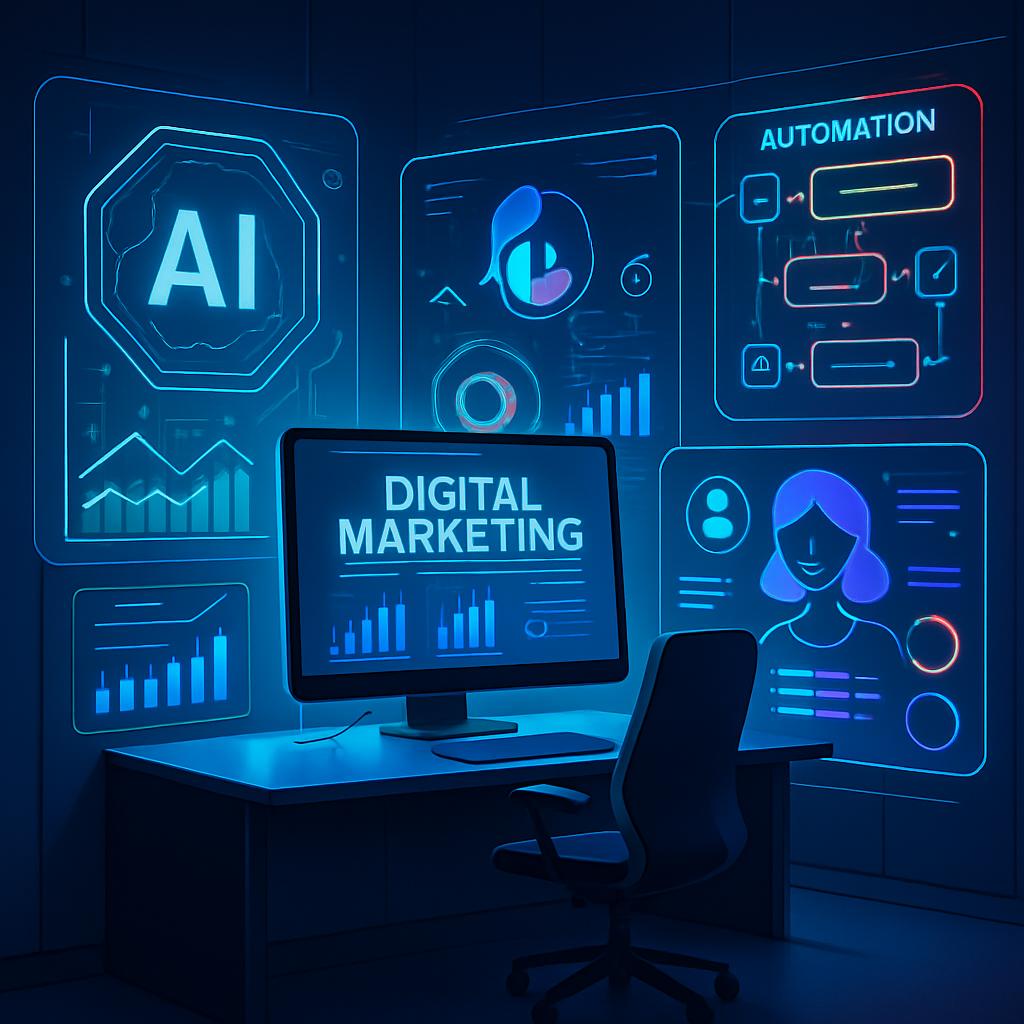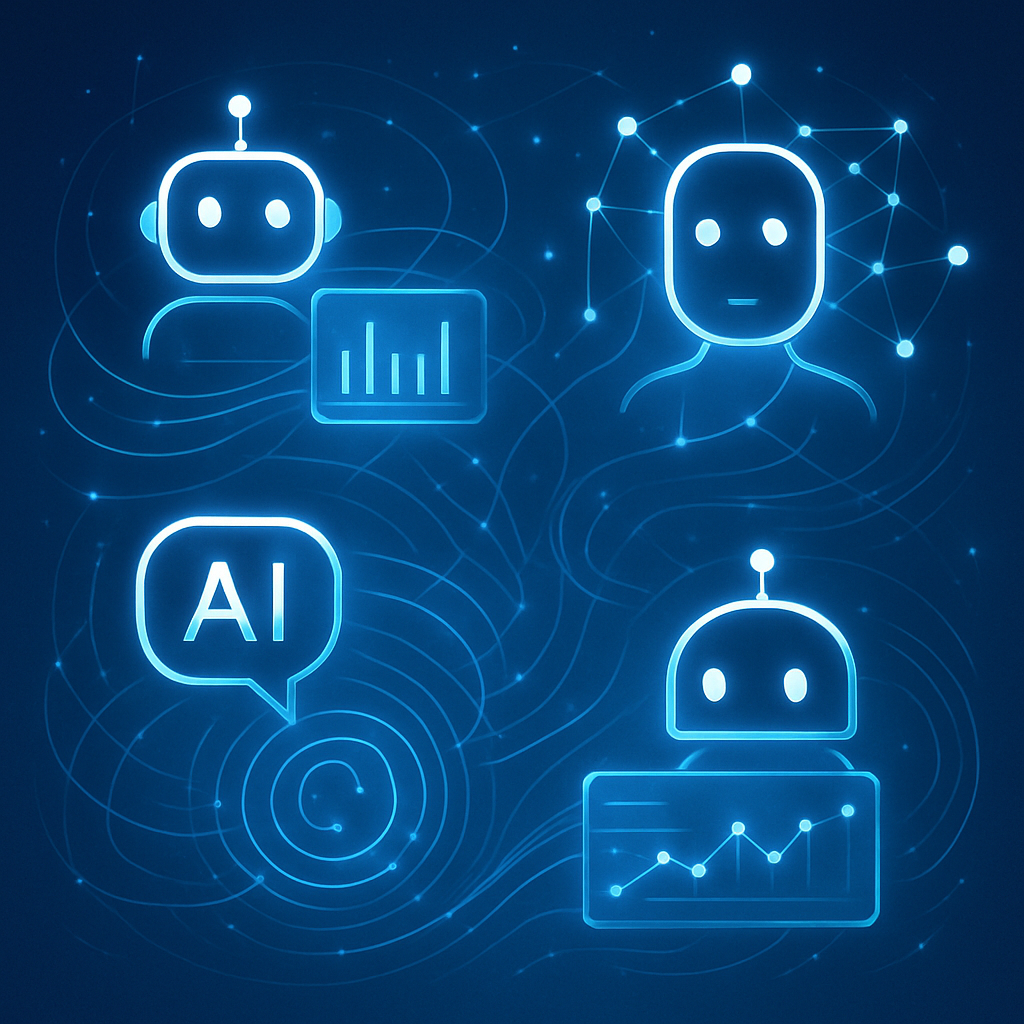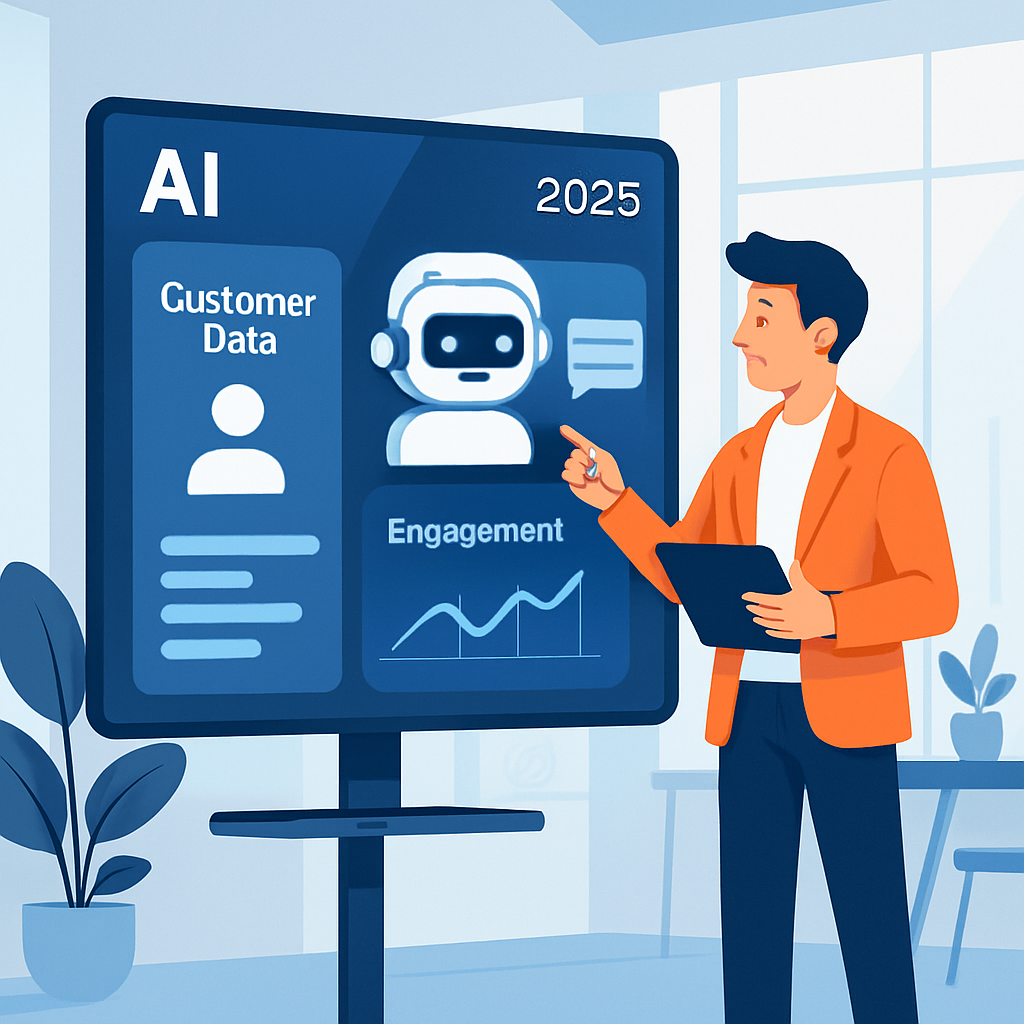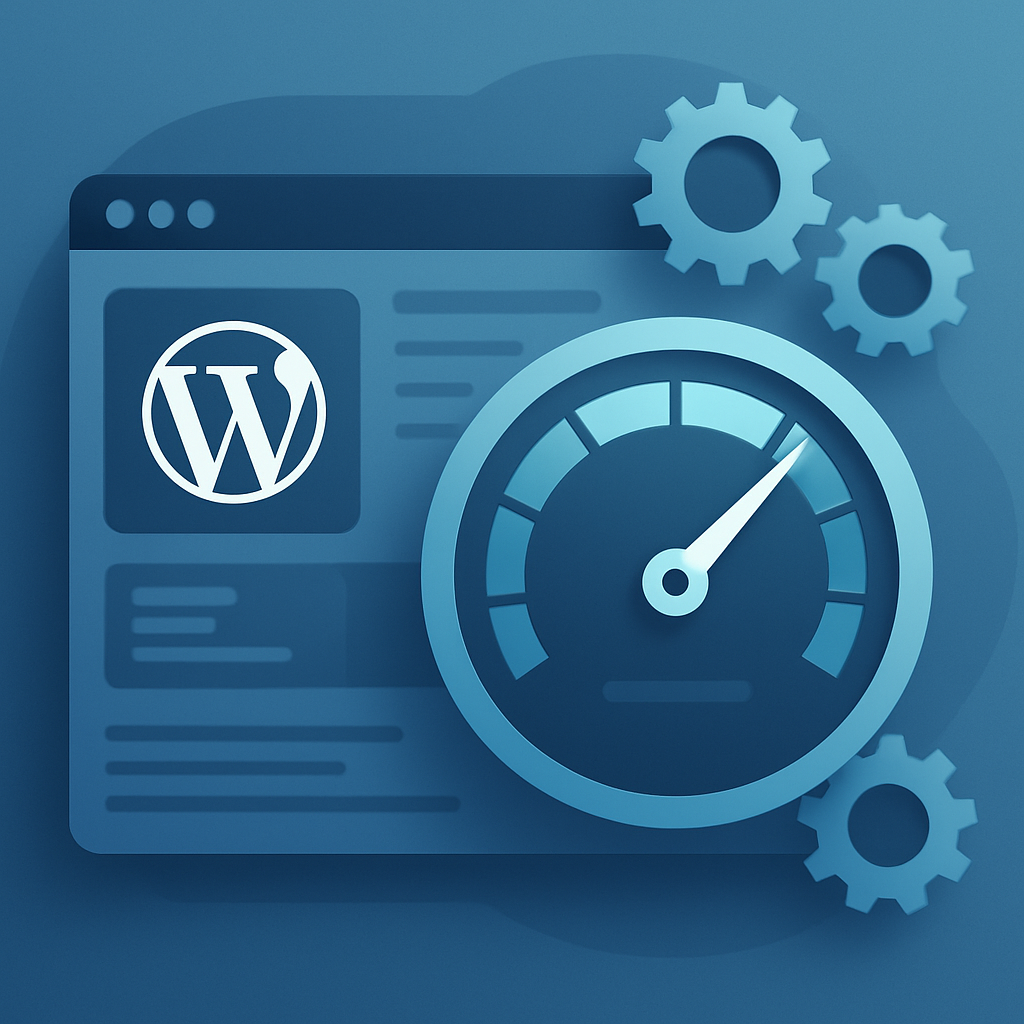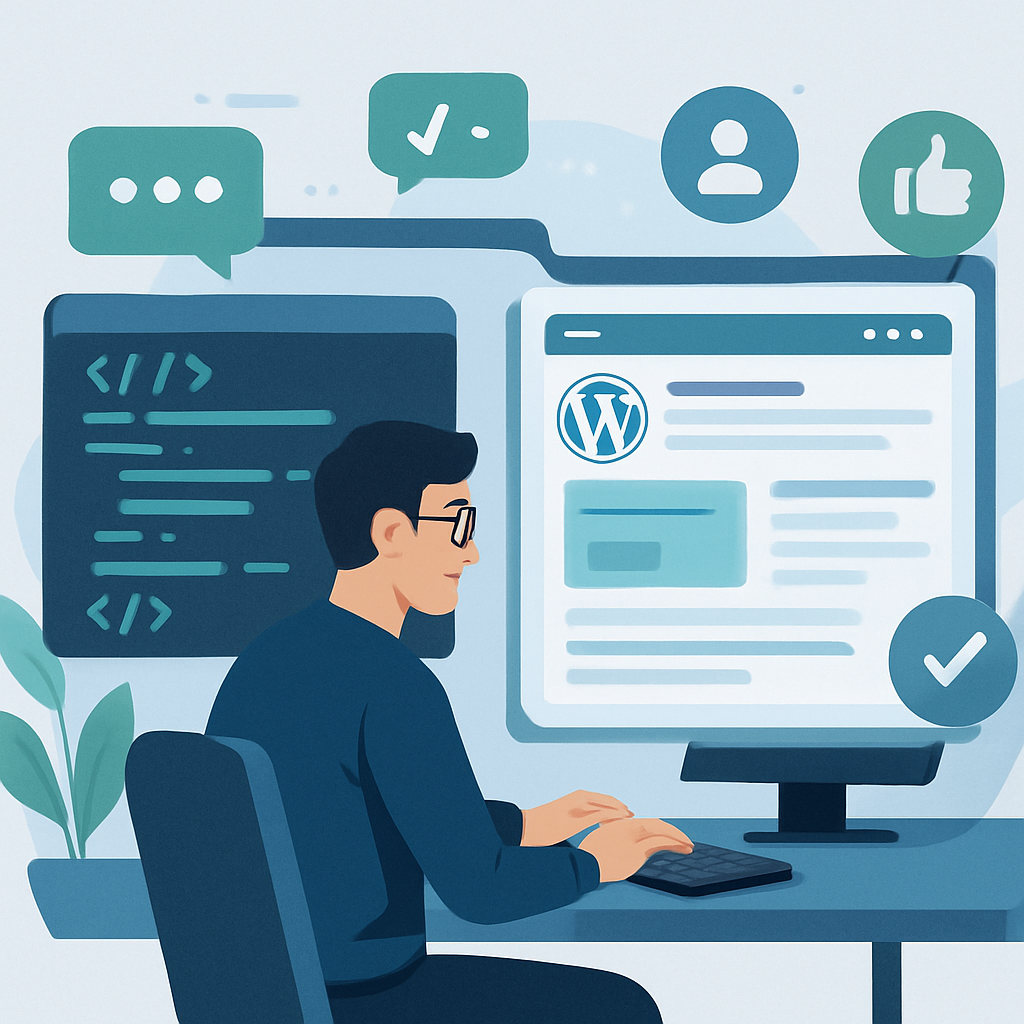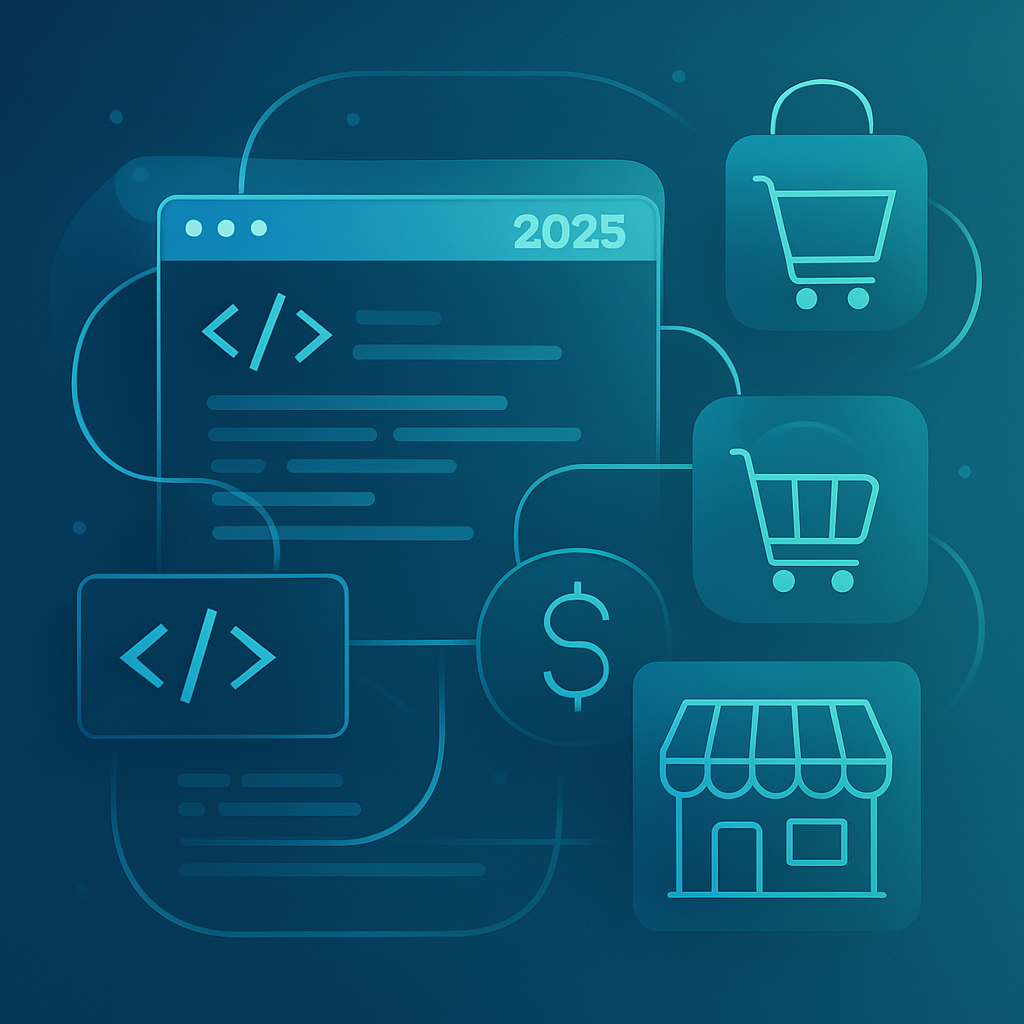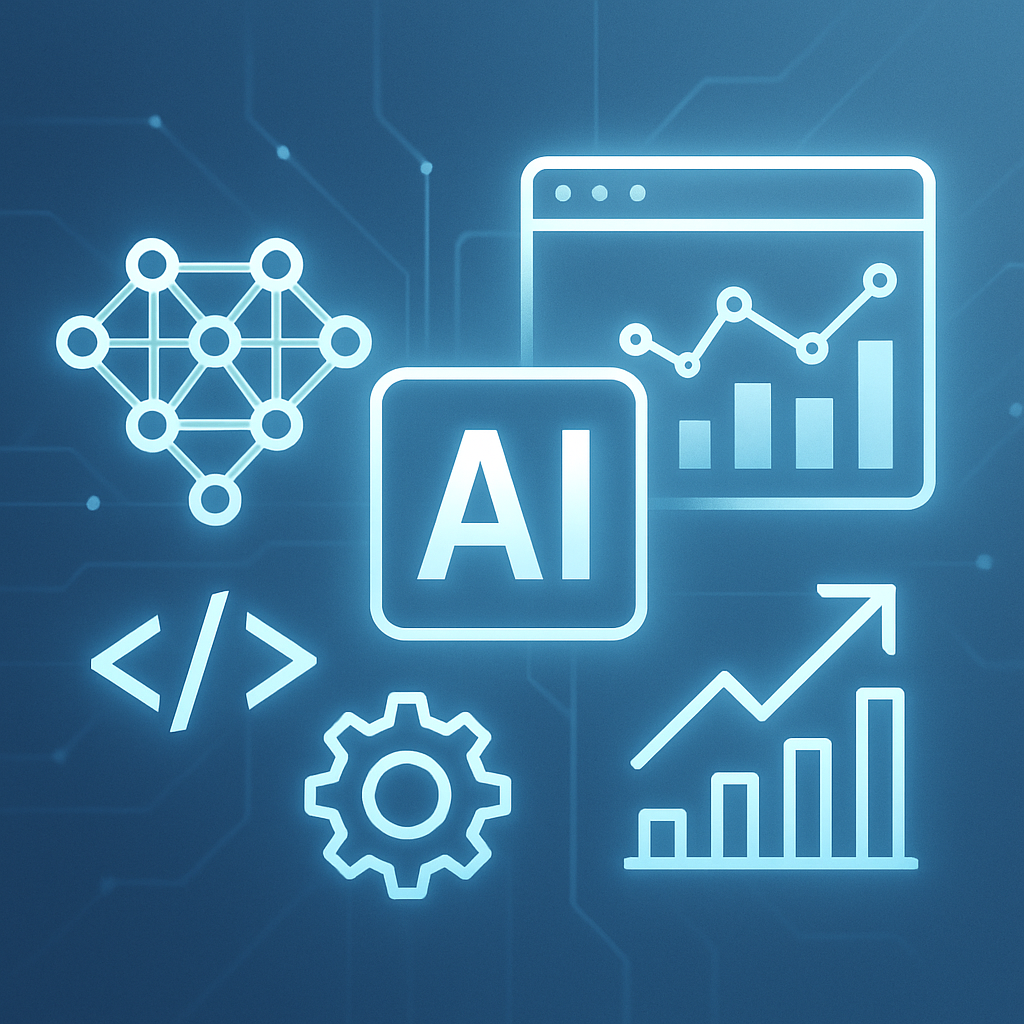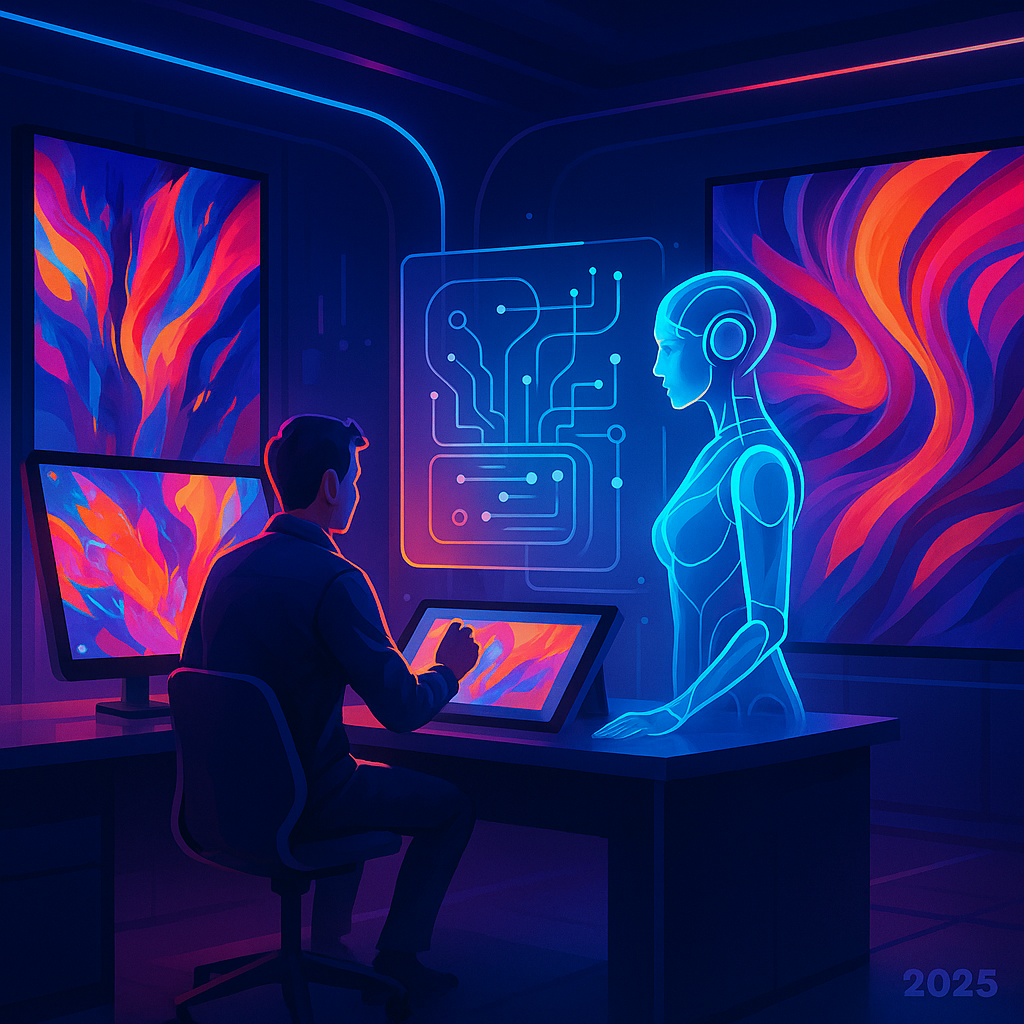
Revolutionizing Creativity: AI’s Impact on Artistic Expression in 2025
Introduction: A New Creative Frontier
The rise of AI technology in recent years has not only transformed industries like business and healthcare but has also profoundly reshaped the realm of artistic expression. By 2025, artists are leveraging AI as an innovative partner in creation, pushing the boundaries of traditional art forms and pioneering novel creative pathways.
AI as a Creative Collaborator
Gone are the days when AI was viewed merely as a tool for automation; in 2025, it acts as a creative collaborator. Artists utilize AI algorithms that generate initial designs, compositions, or ideas, offering unexpected perspectives that ignite human imagination. For example, generative adversarial networks (GANs) produce intricate visuals that artists refine and evolve, resulting in unique hybrid creations.
Case Study: The Dreamscapes Project
In one notable project, an international collective of painters and AI developers co-created "Dreamscapes," a series of surreal landscapes generated through AI neural networks trained on nature photography and classical art. The artists curated AI outputs, blending human intuition with machine suggestions to create immersive visual experiences that challenge perceptions of reality.
Transforming Digital Art and Design
Digital artists in 2025 are increasingly incorporating AI to enhance design workflows. AI-powered tools facilitate complex tasks such as 3D modeling, texture synthesis, and animation with unprecedented speed and precision. These technologies enable creators to focus on conceptual and emotional elements, while AI handles repetitive or technical components.
Practical Example: Intelligent Design Assistants
Intelligent design assistants using AI algorithms now adapt to artists’ styles, suggesting color palettes, composition tweaks, and adaptive brush strokes. This synergy allows both novice and professional creators to elevate their work effortlessly, fostering democratization of high-end digital artistry.
Expanding the Horizons of Music and Sound Art
Beyond visual arts, AI technology is revolutionizing music composition and sound design. AI systems compose original melodies, harmonies, and rhythms inspired by vast datasets of musical genres. Musicians employ these generative tools as sources of inspiration or foundations upon which to build complex pieces.
Innovations in Interactive Music
Interactive installations where audiences influence AI-generated music in real time have grown in popularity. These dynamic experiences blend performer, listener, and AI agency, creating ever-evolving soundscapes that are unique to each encounter.
AI and the Ethics of Creativity
The integration of AI into creative fields raises important ethical considerations about authorship, originality, and cultural bias. Debates within artistic communities address questions: Can AI-generated works be credited to the machine, the programmer, or the collaborating artist? How do we ensure diverse cultural representation within AI training datasets?
In 2025, many artists and institutions advocate transparency regarding AI’s role in creation and foster open dialogue on redefining creativity in the age of artificial intelligence.
Emerging Art Forms Fueled by AI Technology
AI catalyzes emergence of entirely new art forms. For instance, AI-driven virtual reality environments create immersive narrative worlds where stories evolve through machine learning algorithms reacting to user interactions. Similarly, AI-curated exhibitions adapt artworks shown based on audience data, personalizing cultural experiences to diverse visitor profiles.
Example: Living Digital Sculptures
“Living sculptures” equipped with embedded AI can autonomously modify their shape, color, or movement in response to environmental stimuli, blending kinetic art with intelligent systems. These innovations blur lines between animate and inanimate, artist and artwork.
Conclusion: Toward a Synergistic Future
AI technology in 2025 has ushered in a paradigm shift for artistic expression—transforming art from solely human endeavor to a nuanced partnership between human creativity and machine intelligence. This alliance does not replace the artist but amplifies their vision, fostering unprecedented innovation and exploration.
As AI continues to evolve, it will open even more possibilities for creative expression, encouraging artists to experiment with form, medium, and process. The artistic landscape in 2025 exemplifies a harmonious fusion of technology and human spirit, signaling an exciting future for creativity across disciplines.
